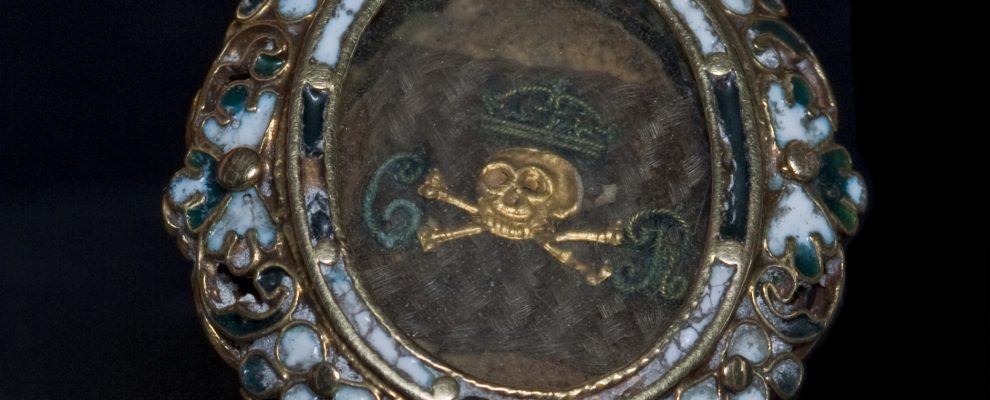The Stuart claim to the throne was underpinned by belief in the Divine Right of Kings and their appointment by God. This was not a view unique to the Stuarts: contemporary belief held that all true authority derived from God, reflecting the divinely-ordered structure of society. Usurpation could thus be held to go against the will of God – a creed strongly held by Jacobite supporters.
The notion of the sanctity of the royal line was thus of great importance to those who remained loyal to the House of Stuart and, combined with the strong Catholic element within Jacobitism, gave to the Jacobite movement some elements reminiscent of religious practice. This is perhaps best seen in the treatment of personal items allegedly belonging to, worn by, or even just touched by, James III and his son Charles Edward Stuart. Scraps of tartan, cockades, even hair and fingernail clippings were treated with a reverence similar to that accorded to religious relics such as those of saints. Such items were often kept close to the person in small, concealed reliquaries within pendants or rings which gave the wearer an intimate, physical connection with the royal Stuarts.
As with relics, so with icons: portrait miniatures helped keep the cause alive in the hearts and minds of Jacobite supporters. Images of members of the exiled Stuart family had been used as propaganda since James II’s failed invasion of Ireland in 1689. Portraits of the exiled king and his sons reinforced the notion of a strong and vigorous royal family, able and prepared to reclaim their throne from the childless William and Mary. From childhood Prince Charles Edward Stuart was depicted in portraits as the Prince of Wales, displaying the garter star. Such images reminded supporters of the legitimacy and persistence of the Stuart line, and encouraged their continued allegiance. This was crucial to sustaining the momentum of Jacobitism in the face of scattered support, military defeat and a leader exiled across the sea.

Source: In the Name of the Rose: The Jacobite Rebellions, Symbolism and Allegiance (Fairfax House, 2013)
